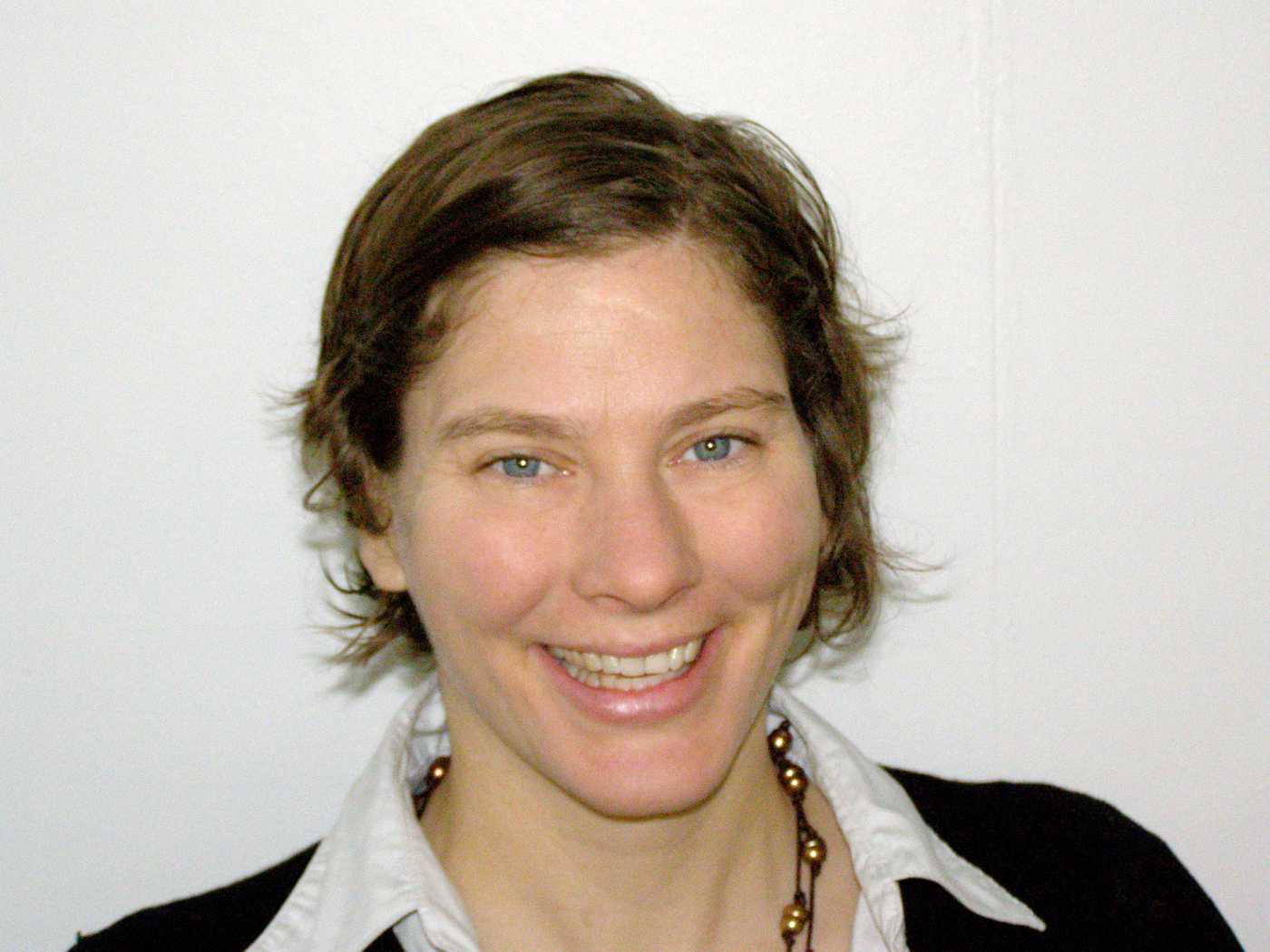A new Bachelor degree in OHS is being offered at the University of Queensland. Professor of Occupational Health and Safety Mike Capra says in a media release that
“graduates would become a new generation of highly-trained OHS specialists who would be in demand due to a workforce shortage.”
The New South Wales WorkCover has had to remind employers not to cut corners on safety due to the tough economic climate. With the unemployment rate increasing in Australia, the demand claimed by Professor Capra is disputable.
The issue of employability was raised in a discussion forum recently. One person pointed out that employers are able to be more selective. When they have to choose between a graduate fresh from university or an applicant with experience, experience will win every time.
It will be interesting to see what programs the Bachelor Degree has in place to provide the necessary practical experience.
Hopefully on graduation in 2015, the career opportunities have improved with a stronger economy.
Professor Capra is quoted further.
“The program was developed at the request of the OHS industry, including peak body the Safety Institute of Australia, which saw the need for a professional qualification in the field,” Professor Capra said. “The lack of well-qualified OHS professionals is causing alarm among members of major OHS associations, government authorities and employers.”
The biggest motivation for improved professionalism has come from WorkSafe Victoria through the Health and Safety Professionals Alliance, and only within the last couple of years. It is is the “alarm” of the OHS regulator that seems to have been the biggest factor. At least WorkSafe is willing to fund the development of such a program having provided a grant of almost $A400,000 recently.
Some of the claims in the promotional video for the course are dubious (“never be out of a job”, for example) and the video could pass, in parts, for a tourism ad, but if the target audience is school leavers, the focus on fun, sun and job variety is probably relevant.
If it is the first course of its kind in Australia, as claimed, it will be very interesting to watch how it is received.




